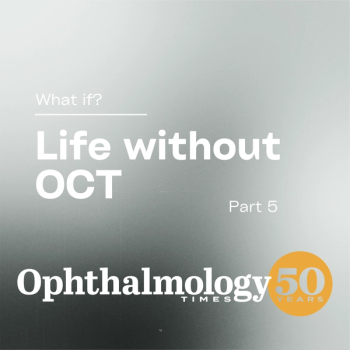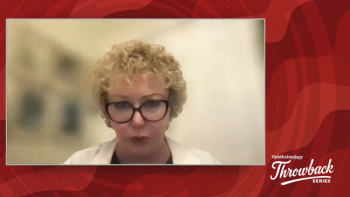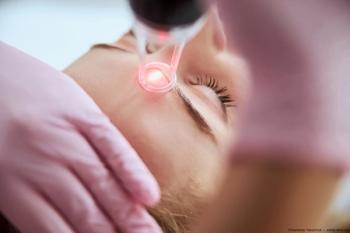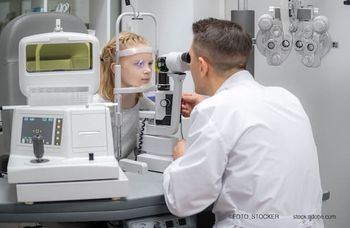
Steroids beneficial for uveitis
Periocular injections of steroids improve active inflammation and macular edema in most patients with uveitis.
Key Points
Chicago-Periocular injections of steroids improve active inflammation and macular edema in most patients with uveitis. The visual acuity (VA) also improves in about one-half of these patients.
Adverse effects associated with injections are glaucoma and cataract. H. Nida Sen, MD, MHS, presented the results of the largest retrospective cohort study of patients with uveitis at the annual meeting of the American Academy of Ophthalmology. She is the director of the Uveitis and Ocular Immunology Fellowship Program at the National Eye Institute, National Institutes of Health, Bethesda, MD.
Administration of steroids is a well-established treatment for uveitis. The routes of administration differ, with the most common being sub-Tenon injections and orbital floor injections. Corticosteroids can be administered frequently and repeatedly to achieve higher concentrations of drug when needed. The drug effect usually is achieved in days to weeks after administration; the improvements in VA and macular edema are seen in weeks to months after administration, Dr. Sen explained.
The patients were identified from the Systemic Immunosuppressive Therapy for Eye Diseases Cohort Study. All patients were treated with at least one periocular injection of steroid. A total of 940 patients (1,645 eyes) were included in the study. The median patient age was 37.4 years (range, 0 to 84 years); about two-thirds of patients were women. The duration of uveitis before the first steroid injection was 4.8 years. The primary sites of inflammation were equally distributed among the types of uveitis (i.e., 31% anterior uveitis, 33% intermediate uveitis, and 35% posterior or panuveitis).
The effectiveness outcomes of the study were VA improvement and resolution of inflammation and macular edema.
"Anterior uveitis and intermediate uveitis were more likely to show improvement in inflammation to no activity and improvement in VA to 20/40 or better," Dr. Sen said. "However, cases of posterior uveitis and panuveitis were more likely to show improvements in macular edema, with 83.4% of cases improving."
When the cohort as a whole was considered, 68% of patients had improvement in inflammation to no activity and 75% had resolution of macular edema; 45% had improved VA.
The major adverse event was ocular hypertension, which developed in 18.4% of the entire cohort. By 6 months after treatment, glaucoma surgery was required in 1% of the cohort, and cataract developed in 7.6% of the cohort. Intermediate uveitis was associated with less likelihood of the need for cataract surgery. There was no difference among the subtypes of uveitis regarding development of glaucoma or ocular hypertension.
Newsletter
Don’t miss out—get Ophthalmology Times updates on the latest clinical advancements and expert interviews, straight to your inbox.


















































.png)


